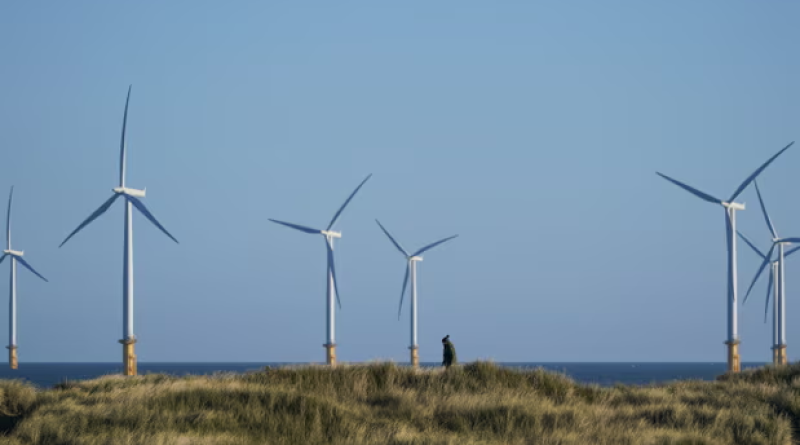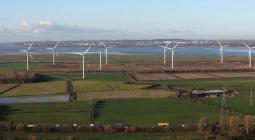UK windfarm red tape to cost billpayers £1.5bn a year, say analysts

Analysis finds Treasury rules on new windfarms likely to stifle energy generation and keep bills high.
New offshore windfarms will be strangled by government red tape, costing UK billpayers £1.5bn a year, an analysis has found.
The latest government auction for new offshore windfarms, due to be completed in September, could result in few projects making it through Treasury rules, according to the Energy and Climate Intelligence Unit (ECIU), a non-profit organisation.
Rules set by the Treasury do not take account of predictions that the gas price will stay high and put an arbitrary limit on the number of farms that can be contracted. They mean that the budget set in the government’s contracts for difference auction is unlikely to be spent, because many windfarms will not get through the auction, so bills will be kept higher.
Despite the fact that the government recently increased the budget for the auction from £170m to £190m, analysts at the ECIU said this was likely to make little difference to the outcome of the auction and ignored the fact that renewables were predicted to save customers money.
The previous auction round did not meet the budget and previous analysis found that 1GW of wind power was missed out on, along with savings of £225m a year. The ECIU found that the current auction could secure as little as about 2GW of offshore wind, leading to missed savings of more than £1.5bn a year from cheaper renewable energy, compared with about 7GW that could have been secured.
Energy experts have criticised the government for giving tax breaks to oil companies and not allowing windfarms to thrive.
Jess Ralston, an energy analyst at the ECIU, said: “The government seems to be focused on North Sea gas licences and tax breaks for oil companies that won’t bring down bills, while tying up offshore wind farms that generate electricity cheaper than gas in red tape. What is going on?
“Even with inflation pushing costs up for offshore wind, it will still generate electricity much cheaper than gas power stations. Stifling windfarms pushes up bills. The Treasury’s rules seem to be actively working against bringing them down.”
If the rules around these auctions were not loosened, the ECIU said, it could put the goal of 50GW of offshore wind by 2030 at risk.
A spokesperson for the Department for Energy Security and Net Zero said: “We do not recognise these figures – last year’s Contracts for Difference scheme auction was the largest ever, issuing contracts to nearly 100 clean tech projects, and we increased this year’s budget to reflect the large volume of eligible applications received.
“The UK is a world leader in renewable technologies, with the four largest operational offshore wind farms in the world providing enough capacity to power the equivalent of at least 10 million homes per year.
“Contracts for Difference is designed to protect generators against price fluctuations, and compares favourably to other international schemes. We understand there are supply chain pressures for the sector globally, and we are listening to their concerns.”
Photograph: Ian Forsyth/Getty Images - By limiting the number of new windfarms, bills are kept higher, according to analysts.





